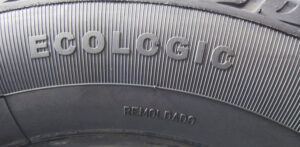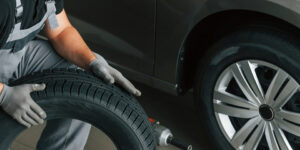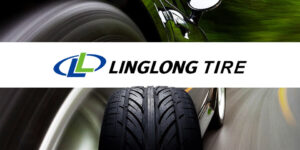What Causes Tire Sidewall Blistering?
Tire sidewall blistering is a common issue that can pose serious safety risks if not addressed promptly. Read more!
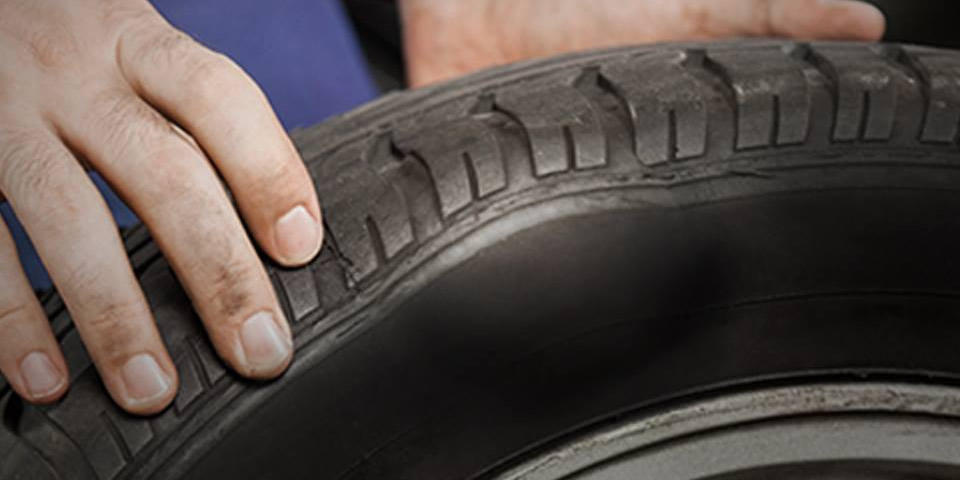
Tire sidewall blistering is a common problem that many car owners face. It can be frustrating to see those unsightly blisters appearing on the sides of your tires, not to mention the safety concerns that come with it. But what causes tire sidewall blistering?
In this post, we will delve into the various factors that can lead to this issue and explore possible solutions. Whether you’re a seasoned driver or a newbie behind the wheel, understanding the causes of tire sidewall blistering is crucial to prolonging the lifespan of your tires and ensuring a smooth and safe ride.
So let’s dive in and uncover the hidden culprits behind this pesky problem!
Must Read:
- Are Run-Flat Tires Repairable?
- What Causes Rear Tire Warping?
- Why are F1 Tires Shiny?
- What Does 91w Mean on a Tire
- Are All Season Tires as Good as Winter Tires?
Understanding the common causes of tire sidewall blistering
Understanding the common causes of tire sidewall blistering:
1. Overinflation: One of the most common causes of tire sidewall blistering is overinflation. When a tire is inflated beyond the recommended pressure, it exerts excessive force on the sidewall, leading to blister formation. For example, imagine inflating a balloon beyond its capacity – it starts to bulge and weaken, eventually forming blisters.
2. Underinflation: On the opposite end of the spectrum, underinflation can also contribute to sidewall blistering. When a tire is underinflated, the sidewall flexes more than it should, causing it to weaken and develop blisters. This is similar to repeatedly bending a piece of paper back and forth – it eventually weakens and tears.
3. Potholes and road debris: Hitting potholes or running over sharp objects on the road can cause sidewall damage, leading to blister formation. The impact can create cuts or tears in the sidewall, which can then blister over time. Think of it like running a sharp object across your skin – it creates a wound that can turn into a blister.
4. Aging and deterioration: As tires age and suffer from wear and tear, their sidewalls can become weaker and more susceptible to blistering. Exposure to harsh weather conditions, such as extreme heat or cold, can speed up this deterioration process. Just like our skin becomes less resilient as we age, tire sidewalls also lose their elasticity over time.
5. Poor quality or damaged tires: Low-quality tires or those that have been damaged during manufacturing or installation can be prone to sidewall blistering. Manufacturing defects, such as uneven distribution of materials, can weaken the sidewall and lead to blister formation. Additionally, improper installation can cause damage to the sidewall, creating the potential for blisters to develop.
By understanding these common causes of tire sidewall blistering, you can take proactive steps to prevent it from happening to your vehicle. In the next section, we will discuss the signs and symptoms of sidewall blistering, as well as the implications it can have on your safety and vehicle’s performance. Stay tuned!
Steps to prevent tire sidewall blistering
Steps to prevent tire sidewall blistering:
1. Maintain proper tire pressure: Regularly check and maintain the recommended tire pressure for your vehicle. Avoid overinflating or underinflating your tires, as both can contribute to sidewall blistering. Use a tire pressure gauge to ensure accuracy.
2. Avoid road hazards: Be cautious while driving and try to avoid potholes, sharp objects, and other road hazards that can cause sidewall damage. If it’s unavoidable, reduce your speed and be prepared for impact to minimize the risk of blistering.
3. Inspect your tires regularly: Perform visual inspections of your tires to check for any signs of sidewall damage or abnormal wear. Look for bulges, cuts, or blisters and address them promptly. If you notice any issues, consult a professional for further evaluation.
4. Rotate your tires: Regularly rotating your tires can help distribute the wear evenly and reduce the strain on the sidewalls. Follow the manufacturer’s recommendations for tire rotation intervals based on your driving habits.
5. Avoid overloading: Avoid exceeding the maximum load capacity of your tires. Overloading can put excess strain on the sidewalls, leading to blistering or other damage. Check your vehicle’s manual to determine the recommended load limits.
6. Practice safe storage: If you have spare tires or unused tires, store them properly in a cool and dry place away from direct sunlight. Exposure to extreme heat or moisture can weaken the sidewalls and contribute to blistering.
By following these preventive measures, you can significantly reduce the risk of tire sidewall blistering, ensuring both your safety and the longevity of your tires.
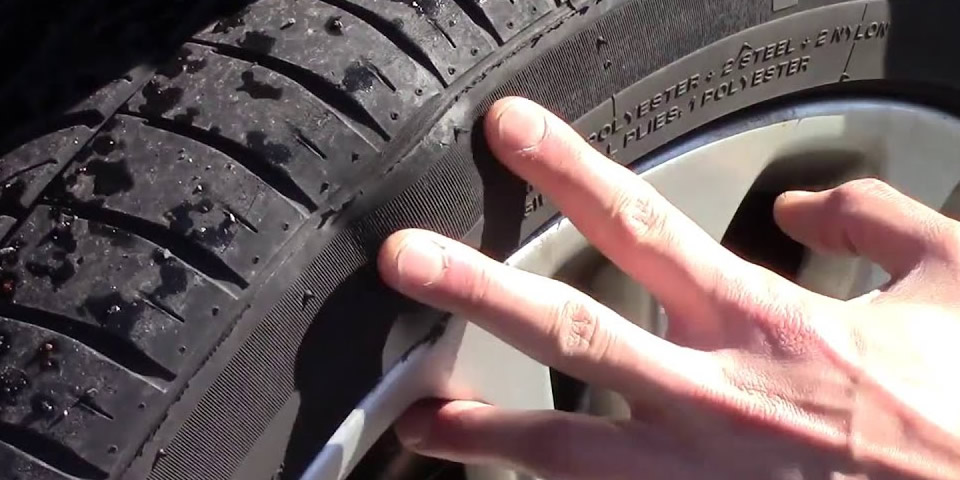
What to do if you notice tire sidewall blistering?
What to do if you notice tire sidewall blistering:
1. Assess the situation: If you notice tire sidewall blistering, it’s crucial to take immediate action. Check the extent of the blisters and evaluate the overall condition of the tire. Look for any additional signs of damage, such as bulges or cuts.
2. Do not ignore the issue: Sidewall blistering can pose serious safety risks. The blisters weaken the structural integrity of the tire, increasing the chances of a blowout or loss of control while driving. Ignoring the issue can lead to catastrophic consequences.
3. Contact a professional: Once you’ve assessed the condition of the tire, it’s recommended to contact a professional tire service provider or an automotive expert. They can provide further guidance and evaluate whether the tire needs to be repaired or replaced.
4. Follow expert advice: Depending on the severity of the sidewall blistering, the professional may suggest repair options or recommend replacing the tire altogether. Follow their advice and take the necessary steps to resolve the issue promptly.
5. Consider tire insurance: If you frequently encounter road hazards or drive in areas with rough terrain, it may be worth considering tire insurance. This can provide financial protection and peace of mind in case of sidewall blistering or other tire-related issues.
Remember, the safety of yourself and others on the road should always be a top priority. Act swiftly when you notice tire sidewall blistering to avoid any potential hazards.

